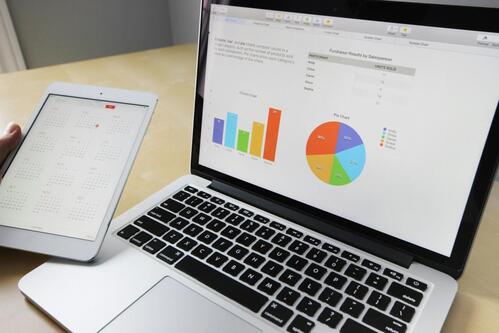Equity Linked Savings Schemes or ELSS funds are a popular investment option for taxpayers looking to save on their income tax. ELSS funds offer tax benefits under section 80C of the Income Tax Act and have a statutory lock-in period of just 3 years. However, there are a few key factors investors need to evaluate before putting their money in elss fund.
- Investment Horizon
The minimum lock-in period for ELSS funds is 3 years which is relatively short compared to other tax saving instruments. However, for optimal returns investors should have a longer investment horizon of at least 5-7 years. ELSS funds invest predominantly in equities and it takes time for equity markets to perform over shorter periods. A longer investment horizon allows investors to ride out market volatility as well as benefit from long term capital appreciation.
- Risk Appetite
As the name suggests, ELSS funds invest a major portion of their assets in equities making them high risk investments. The value of investments can fluctuate depending on stock market movements. Investors need to have a higher risk appetite and ability to handle volatility in returns over short term. ELSS funds are not suitable for conservative investors looking for only capital protection. The risk profile should match the goals and timelines of investors.
- Fund Selection
Not all ELSS funds perform equally over time. Investors need to carefully evaluate the past performance and selection criteria of different ELSS funds. Parameters like fund size, consistency of returns over longer periods, fund manager experience and investment strategy can help shortlist the best performing ELSS funds. Large diversified ELSS funds tend to be less risky compared to small thematic or sector funds.
- Diversification
It is generally not advisable to put all eggs in one basket. Investors can diversify their investments across multiple top performing ELSS funds to reduce fund specific risks. An appropriate asset allocation considering individual risk profile and financial goals is important. Rebalancing portfolio periodically ensures optimal returns over long run.
- Systematic Investment
Systematic investment or SIP is a better way to invest in ELSS funds rather than one-time lump sum investments. When an investor puts in a fixed amount every month through SIP, it allows rupee cost averaging. This means the investor purchases more units when the market and unit prices are down and fewer units when they are high. This average out the overall cost. SIP in ELSS funds for amounts as low as Rs. 500-1000 per month can help create a sizable corpus over the long 5-7 year investment period. The power of compounding works to multiply the returns each year.
Conclusion
ELSS funds and absl frontline equity fund are an effective tax saving instrument for investors looking to benefit from equity returns. But it is important to evaluate key factors like investment horizon, risk profile, fund selection and diversification before investing in ELSS funds for optimal outcomes. A disciplined long term approach can help generate good post tax returns.




